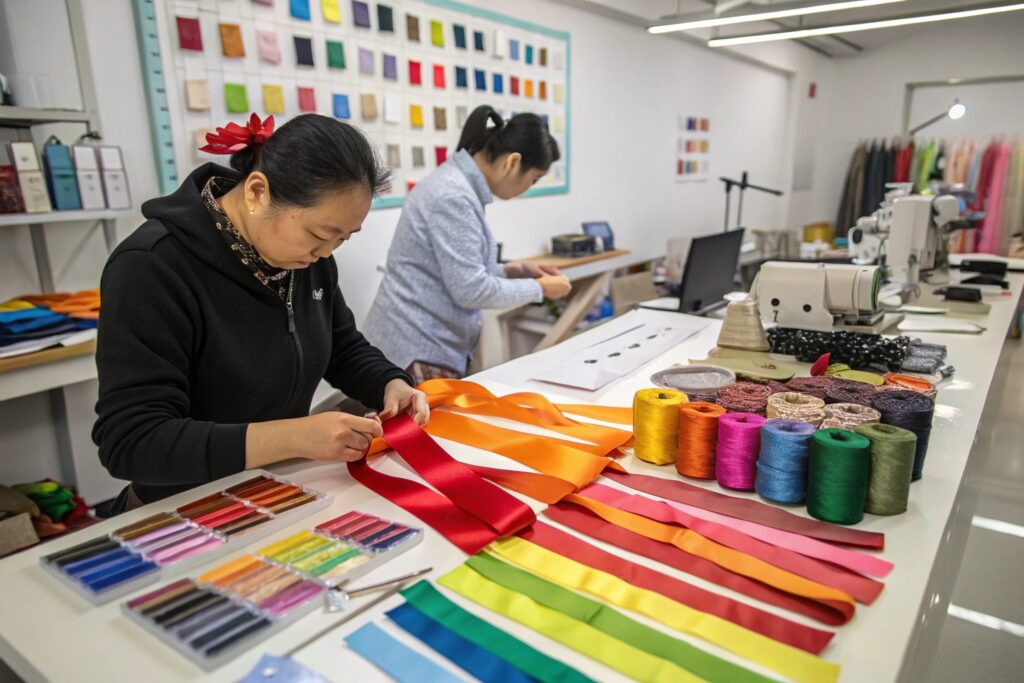Launching a new bow clip collection can be thrilling—but slow sampling cycles often delay release dates or miss seasonal trends. As someone running a fashion accessories factory, I’ve seen how even experienced brands get caught in development bottlenecks. The question is: how can we make sampling faster without compromising quality?
Factories can speed up bow clip sampling through digital prototyping, pre-approved material libraries, modular bow designs, and internal QC checkpoints—turning weeks of delay into days of streamlined progress.
In this article, I’ll walk you through the factory-side strategies that help buyers like you accelerate sampling for seasonal, trendy, or high-volume bow clip launches.
How Can Digital Tools Accelerate Bow Clip Sample Prototyping?
Relying solely on hand-crafted samples wastes days on physical adjustments. Now, digital tools let us explore ribbon types, bow shapes, and placements visually—before cutting the first thread. This leap saves time and reduces misunderstandings between designers and factories.
Digital prototyping tools like CAD, 3D rendering, and digital material libraries help factories present multiple bow clip concepts instantly, reducing the need for endless sample rounds.
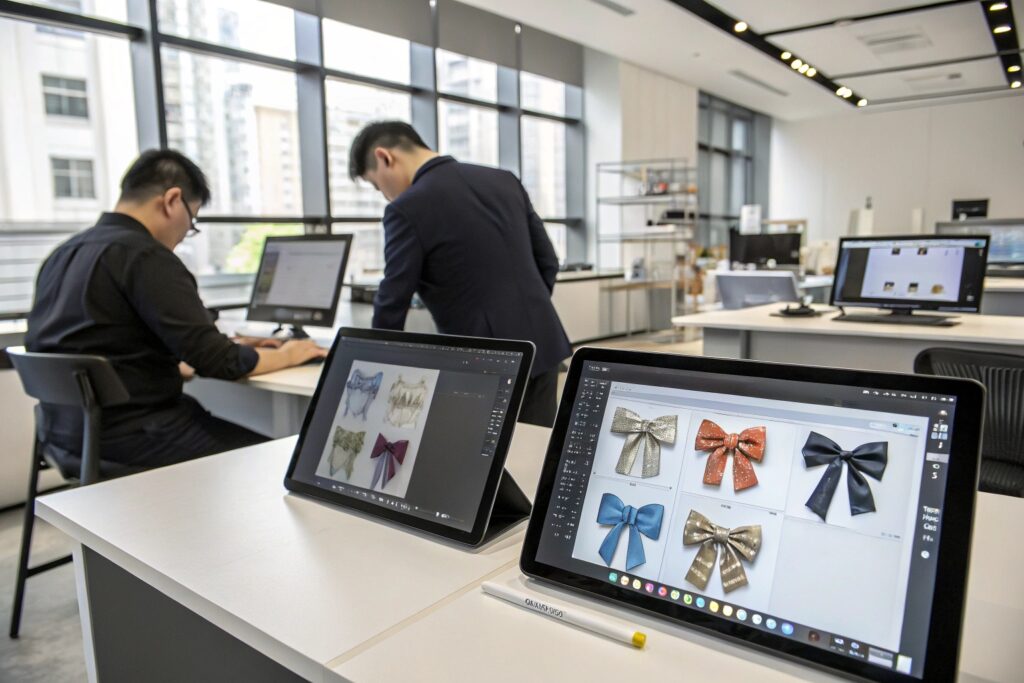
What software do bow clip factories use?
Many bow clip manufacturers rely on CLO 3D or CorelDRAW for mockups. These programs simulate real-world drape, ribbon thickness, and shadow—helping clients visualize outcomes quickly. We also use Adobe Substance 3D to replicate fabric textures digitally before printing.
These platforms support scalable bow variations and help shorten the feedback loop between client and factory.
Can digital approvals reduce physical sample shipping?
Yes. We often send clients high-resolution rotating renders, annotated screenshots, or layered PDFs for confirmation. This allows changes to be approved or rejected within 24 hours. By avoiding international courier delays, we shave 3–5 days off each revision. For better visual clarity, we follow Pantone Matching System codes and lighting standards.
What Pre-Stocked Materials Speed Up Bow Clip Sampling?
The biggest delay in sampling often comes from waiting on raw materials. That’s why smart factories pre-stock popular components—especially in bow clip production, where styles rely heavily on seasonal color palettes and standard findings.
Having an internal ribbon and hardware library drastically reduces sourcing time, enabling factories to start bow sampling within 24 hours instead of a week.
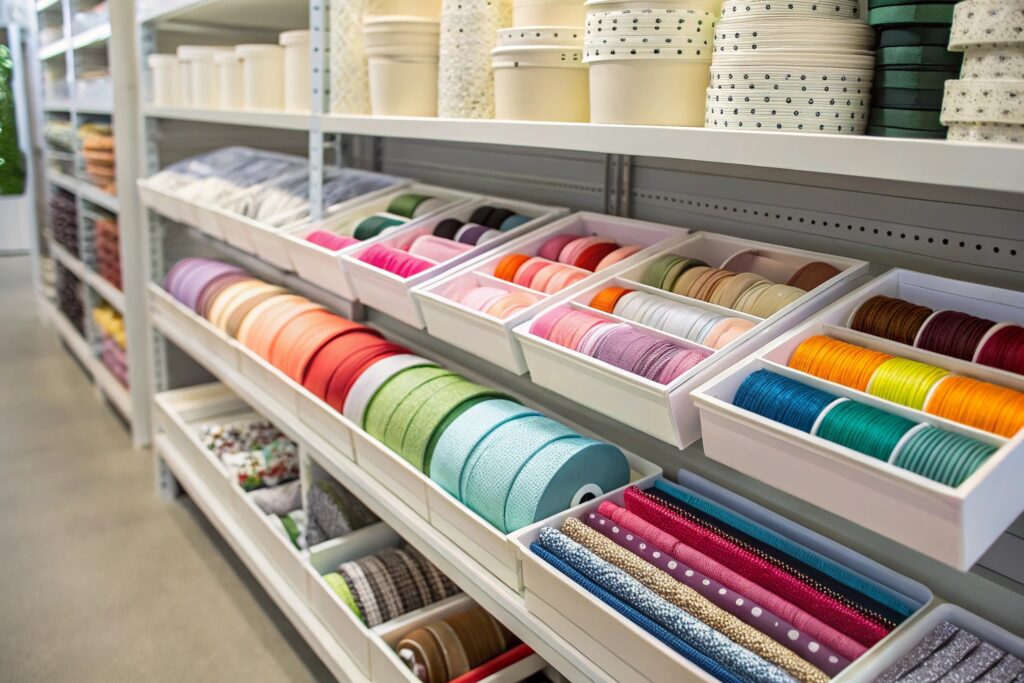
What kinds of ribbons and embellishments should be pre-stocked?
We stock over 200+ types of grosgrain, satin, velvet, and printed ribbons in trending widths and colors. Seasonal add-ons like resin charms, rhinestone appliqués, and lace trims are rotated quarterly. These are organized by Pantone shade groups for easy visual selection.
This allows designers to work faster without starting sourcing from scratch.
How does a pre-stock strategy reduce buyer risk?
With pre-stocked trims, buyers can test styles quickly without committing to full rolls. We can make 1–3 samples with zero MOQ on most materials. This helps small brands or boutiques experiment affordably. If they like the look, we place a production PO for large lots right after.
How Do Modular Bow Designs Simplify Custom Sampling?
Sampling doesn’t have to start from zero every time. For years, we’ve been using modular bow designs—think of them like Lego sets for bows. This allows buyers to mix and match components and get variations faster.
Modular bow clip templates allow rapid customization using pre-cut loops, clip bases, and centers—making style development 2–3x faster for clients.
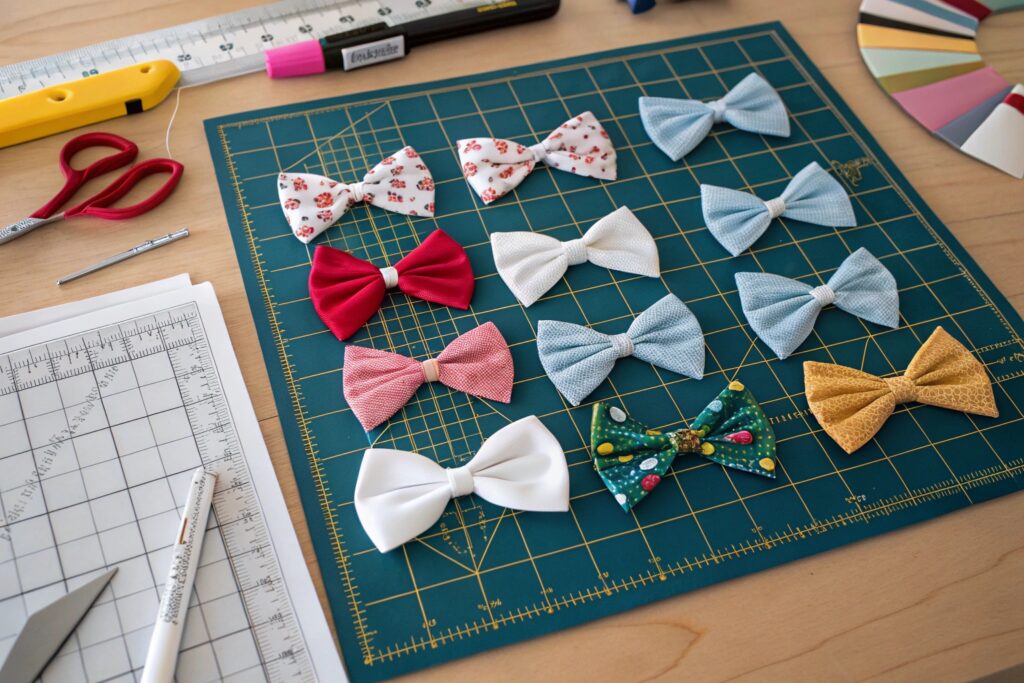
What are the core modular components?
We standardize five bow bases (classic, double loop, twisted), six tail styles, four center knots, and three clip types. These snap together with glue templates or stitching guides. By combining these, a brand can create up to 100 unique styles from just 10 parts.
Some clients even co-design new modules, which we keep exclusive to them.
Are modular systems suitable for custom orders?
Yes. Especially for clients who want private-label collections, modular designs provide fast sampling while preserving uniqueness. For example, a client might request twisted grosgrain loops with faux pearl centers and glitter back cards—assembled in 48 hours.
What Internal Processes Help Factories Sample Faster?
Designing is one thing—executing quickly is another. Bow clip sampling isn’t just about creativity; it’s also about organization. We’ve built a repeatable workflow in our factory so that nothing slips between teams or slows down the timeline.
Factories that use internal tracking systems, pre-approved workflow templates, and dedicated sampling coordinators reduce the time from request to dispatch by 30–50%.
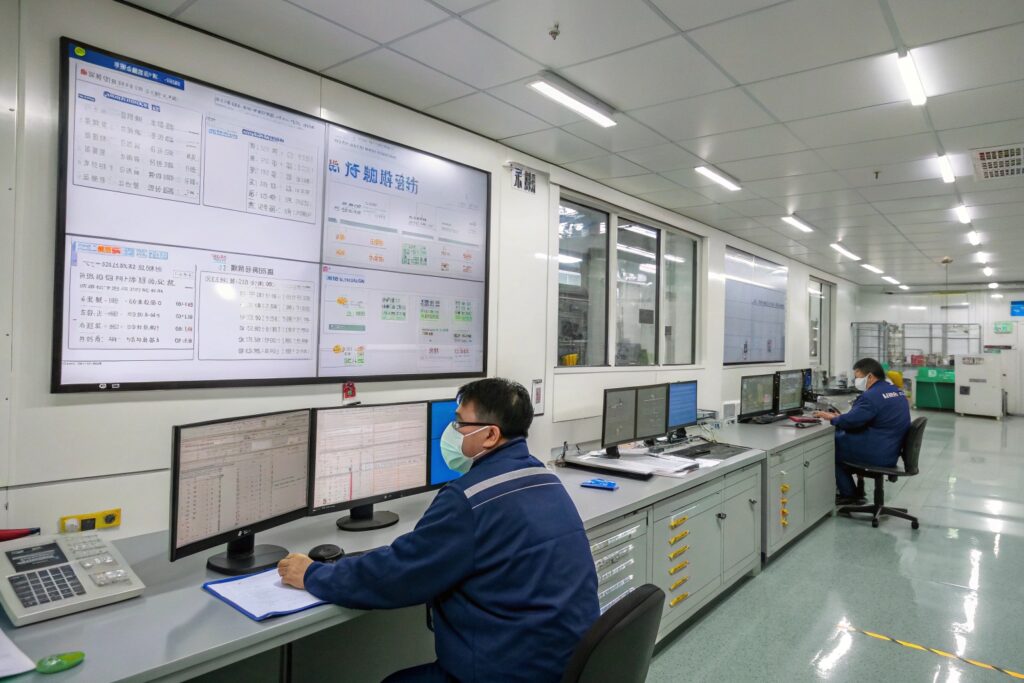
What role does a sampling coordinator play?
At HairAcc, we assign a sampling coordinator to each client. This person manages communication, approves ribbon pulls, schedules gluing/sewing teams, and preps documentation. Think of them as your project manager within the factory.
We use Trello boards and color-coded cards to track each style’s sampling stage.
How do QC and packaging previews speed things up?
We prepare mock packaging and do a mini-QC on every sample. This includes logo placement, barcode printing, and card die-cut testing. Many of our clients sell on Etsy or Amazon Handmade, so our goal is to deliver retail-ready samples in one go, not four.
Conclusion
Sampling doesn’t have to be slow. With the right factory partner, your bow clip collection can go from idea to physical sample in just days—not weeks. We do it every season, for brands big and small. Whether through digital design tools, modular libraries, or smart workflows, HairAcc is committed to fast, flexible sampling that keeps your business ahead of trends.

